Resource Type: Guide
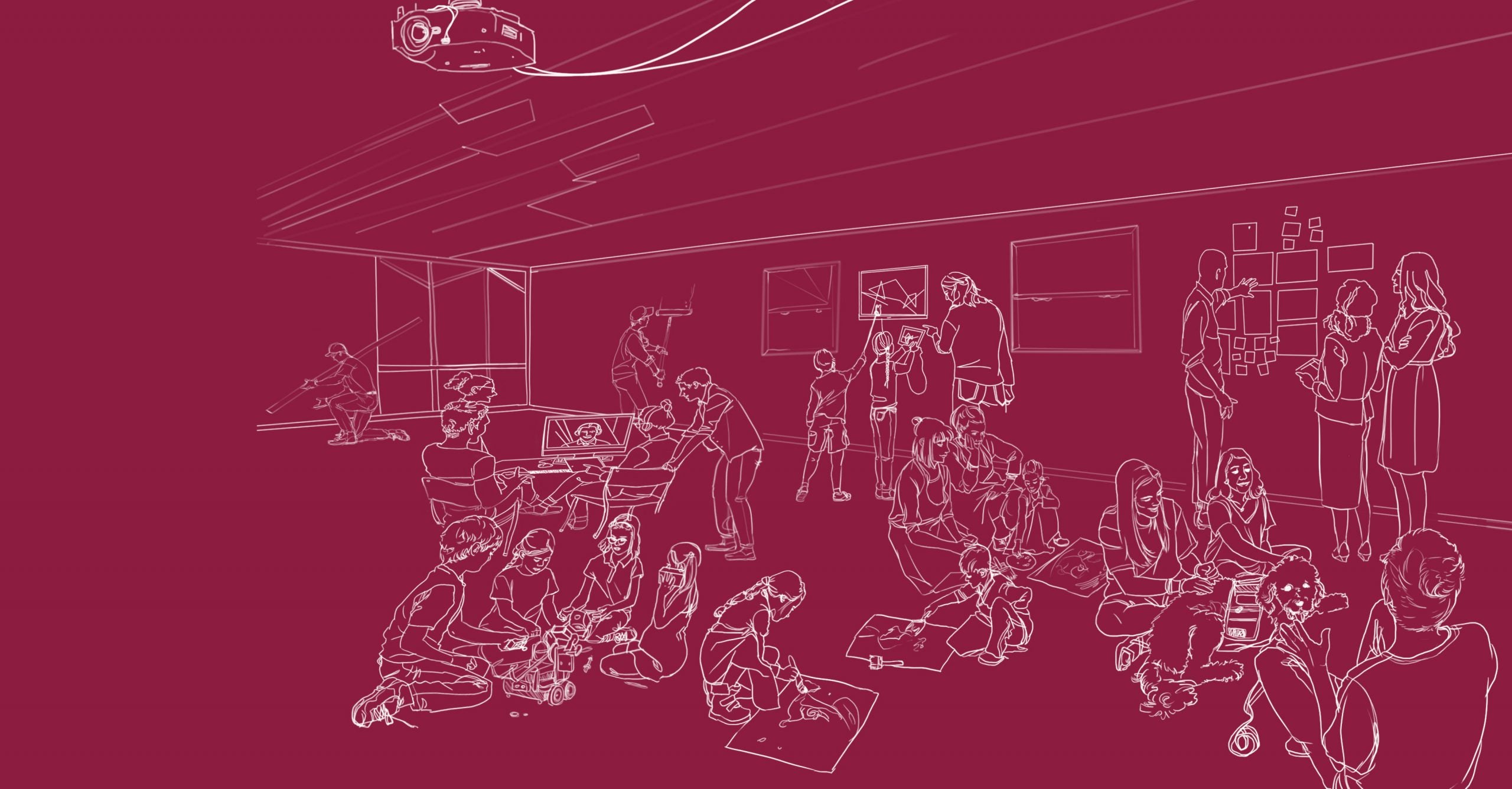
FAQ: Financial sustainability of Next Education Workforce™ models
Read this FAQ for an example of how a team-based model is funded to inspire possibilities within your system’s own context.
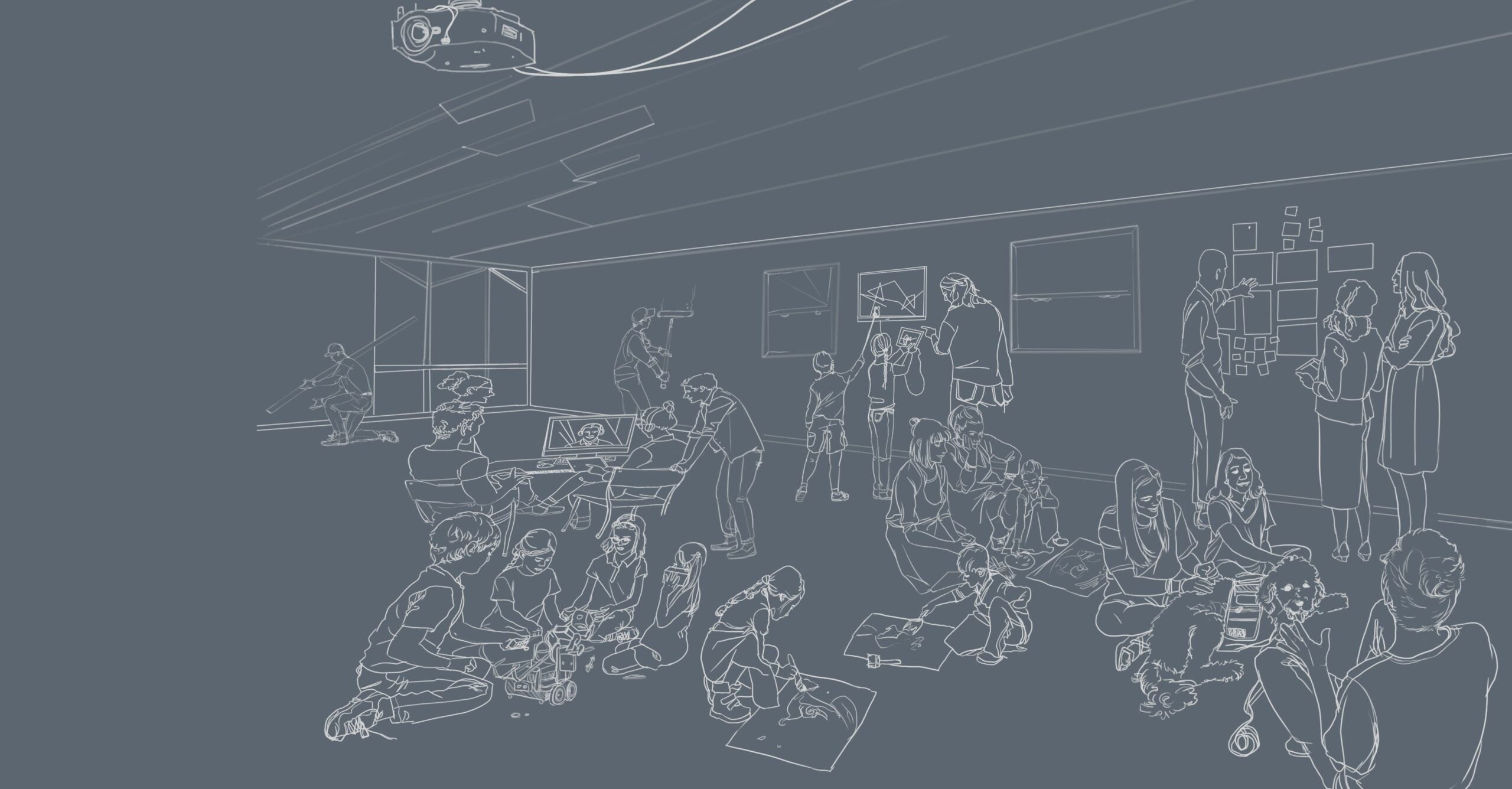
Seminar-style teaching
This guide offers a step-by-step collaborative planning process designed to promote deeper and more personalized learning. Explore how Westwood High School educators implement differentiated roles, team-based support and flexible schedules to bring their vision of seminar learning to life.
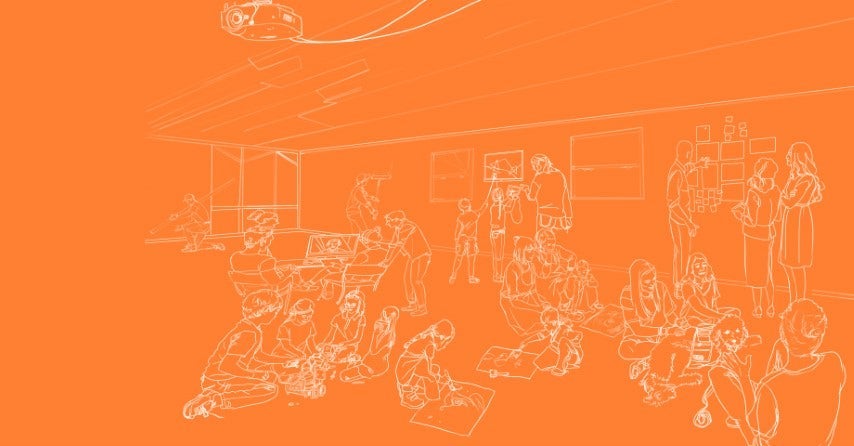
Dynamic student groupings at Stevenson Elementary (Kindergarten)
Explore some of the ways an educator team grouped and regrouped 100 students over the course of a single day.

Dynamic student groupings at Mountain View High School
Explore how 100 ninth grade students are supported by a core educator team that includes a Spanish teacher, biology teacher and a dual-certified English and world history teacher.

Dynamic student groupings at Skyline High School
Explore some of the ways an educator team grouped and regrouped 100 students over the course of a single day.
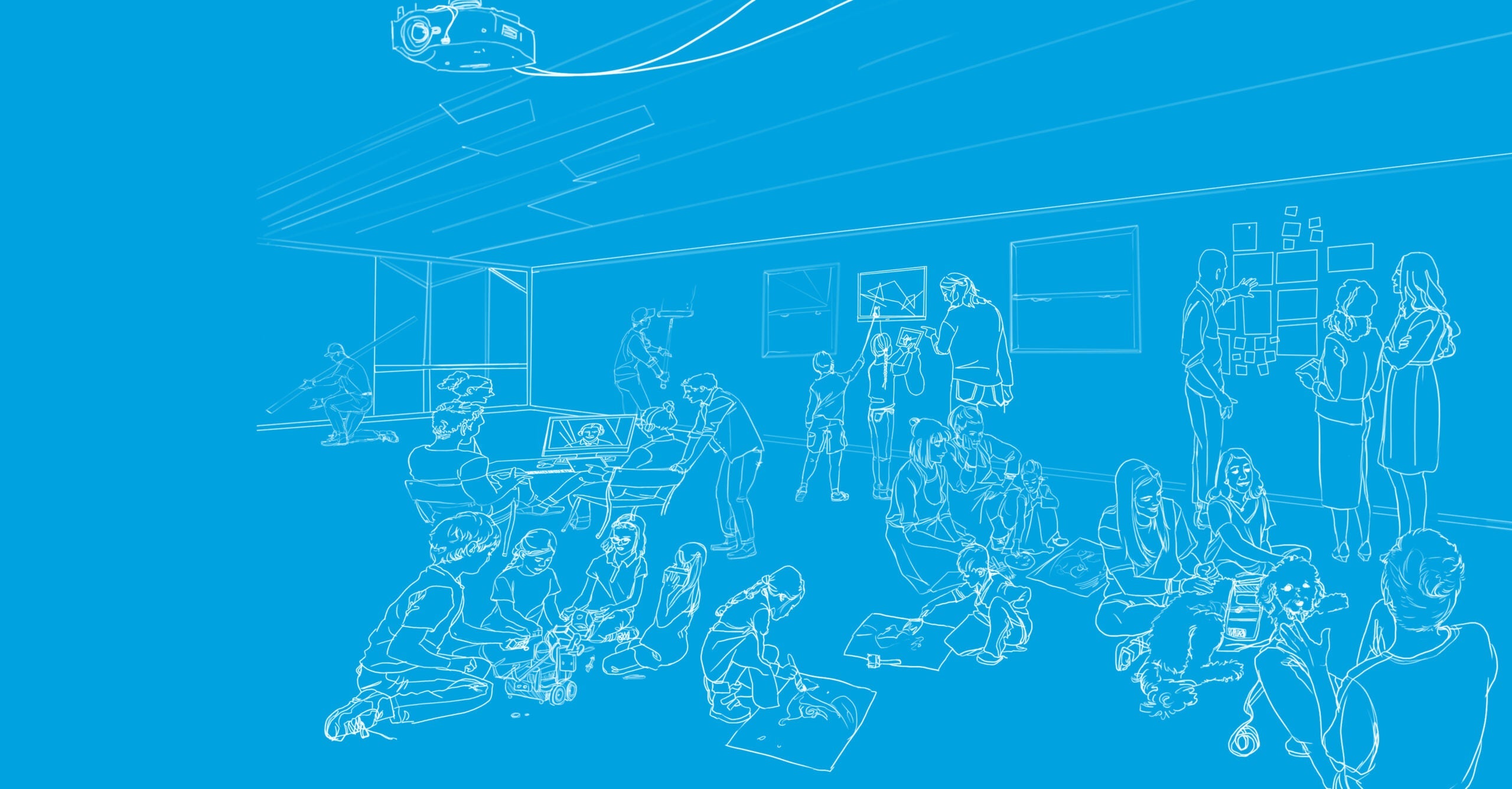
Driving Academic Progress
Learn more about how one school system leveraged bus drivers as literacy tutors between driving shifts.

Creating shared and flexible learning spaces: A continuum for rethinking space
Space matters, but not having the money to invest in learning space design shouldn’t stop you from launching team-based models. This continuum is a tool to support decision-making for a phased approach for transforming learning spaces. We believe there is a continuum on which each team-based learning environment sits. Where it sits is usually a function of the level of investment the school or school system can make in shifting learning spaces in ways that have a positive impact on educators and students.
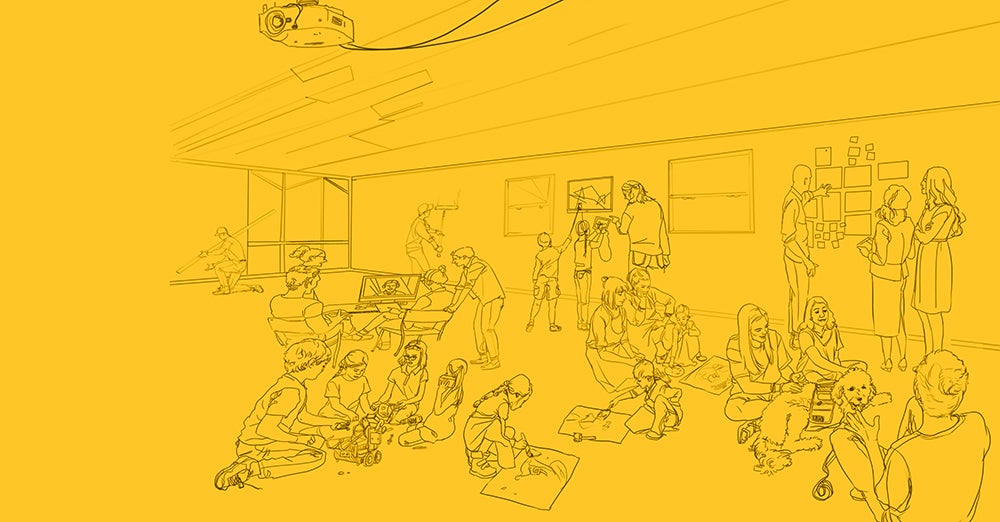
Curated external resources
We’ve proposed lists of resources on deeper learning, personalized learning, and deeper and personalized learning in a virtual setting. These lists, while not comprehensive, have been curated to help educators target their searches.

Community Circles
When a child enrolls at Jefferson Elementary, they are assigned to a community circle composed of at least one child from each grade level. Explore this resource to learn more about the program and its impact on learning for students and for staff.

Literacy Accelerators
Two to four times per week, Skyline High School teacher academy students assume the role of community educator at their feeder school, Stevenson Elementary.

Medical Innovations
To gain an understanding of a variety of medical conditions and how they affect the people who face them, the 4–6 grade teaching team assembled ten community educators to participate in interviews with their students.

Dynamic student groupings at Paulo Freire
How Paulo Freire’s team of educators grouped and regrouped 68 middle school students over the course of a day.

Dynamic student groupings at Kyrene de las Manitas
At Kyrene de las Manitas, teams of educators incorporate dynamic student groupings into a shared roster of students.

Dynamic student groupings at Stevenson Elementary (5-6th)
Explore some of the ways an educator team grouped and regrouped 100 students over the course of a single day.
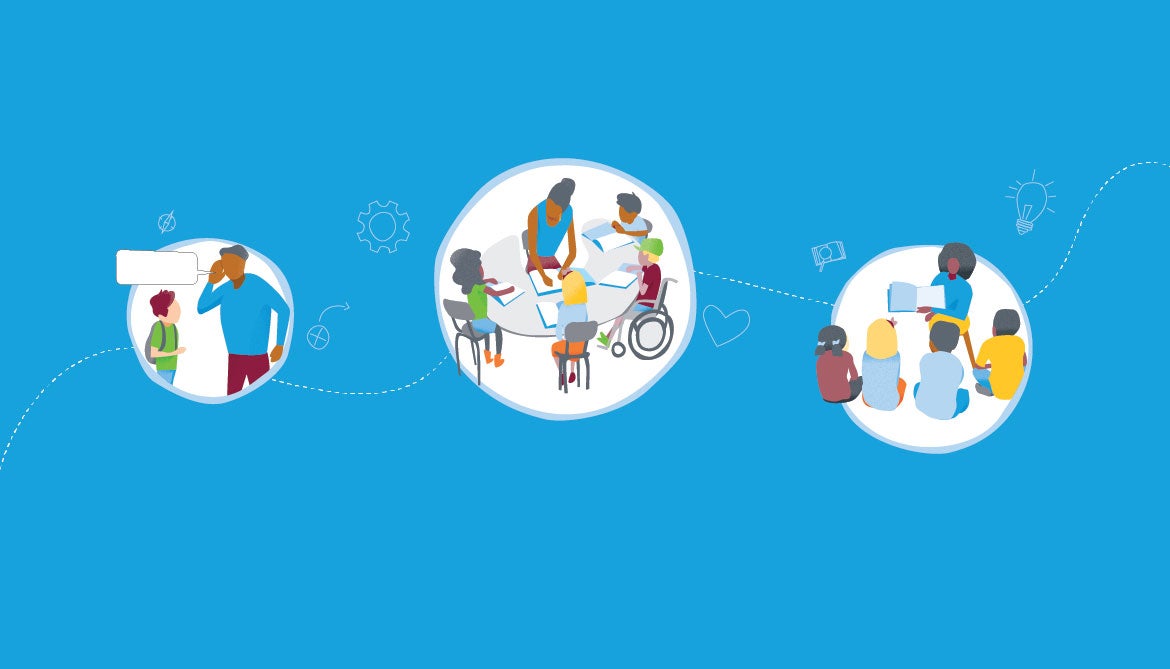
5 tips for community educators preparing to enter the classroom and other learning spaces
These five tips will help community educators prepare and feel ready to enter any learning space, have a successful experience and make lasting, meaningful connections with learners. This resource expands on helpful tips around translating industry expertise, managing the learning space, working with students during the visit and more.

Using collaborative tools to implement data-driven flexible grouping
Explore how educator teams use cloud-based spreadsheets to fluidly and transparently group students by interest and skill.

5 tips for creating an inclusive secondary school learning model
Leverage special educators’ knowledge and skills to increase the effectiveness of educator teams.

Self-organized learning environments
Learn to implement self-organized learning environments, an instructional approach in which students explore complex questions in self-organized peer groups.

Connecting with Community Educators
Community educators can be found simply by asking around your own social networks and community. However, there are also resources made specifically to locate and connect with industry experts who are ready to support your learning environment.

Mock Trial
Activating a lawyer for unit planning support is a great example of a community educator contributing to the distributed expertise of a team. Learn how.

Living Library
The Living Library brought more than 35 community educators — from stay-at-home parents to investment bankers — to connect with high school students struggling to see the importance of learning math.

Lead teacher role description
Lead Teachers are educators who guide the educator team in sharing responsibility for all elements of student support, instructional planning, and delivery; lead the team in maintaining high expectations for student learning; and ensure the team functions at a high level to serve all learners by strength and need. This description of the Lead Teacher role is intended to be customized based on the unique needs of each school district.

Student-selected support
In an effort to shift the ownership of learning from educator to student, SPARK School at Kyrene de las Manitas has implemented a system for students to reflect on their learning and progress, identify the academic support they need and schedule time to meet with the appropriate educator(s). This resource guides educator teams through steps to implementing student-selected support.

10 Tips for planning team-based deeper learning
The educator team at Kyrene de las Manitas Innovation Academy co-plans project-based units that support deeper learning. The 10 tips appearing in this document are drawn from their approach to planning. To get started, consider how your team might implement these tips.

Six tips for engaging a community educator
Explore this resource to learn six tips for engaging a community educator in schools, community-based organizations and anywhere that learning happens.
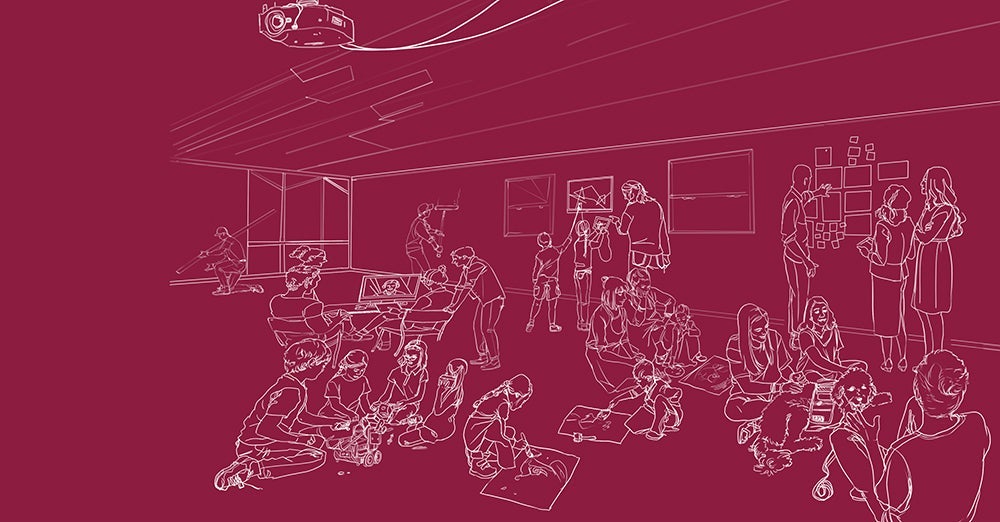
Financially sustainable staffing models
In this document, you’ll read about how two school leaders and one district-level leader make strategic shifts in funding and time to cover the costs of their new staffing models.

Elementary instructional blueprints: An introduction
Elementary instructional blueprints suggest ways teams of educators with distributed expertise might deploy themselves to better deepen and personalize student learning.

Elementary instructional blueprint: Team-based differentiated practice
Elementary instructional blueprints suggest ways teams of educators with distributed expertise might deploy themselves to better deepen and personalize student learning.

Elementary instructional blueprint: Lessons with industry experts
Elementary instructional blueprints suggest ways teams of educators with distributed expertise might deploy themselves to better deepen and personalize student learning.

Elementary instructional blueprint: Thematic learning rotation
Elementary instructional blueprints suggest ways teams of educators with distributed expertise might deploy themselves to better deepen and personalize student learning.

Elementary instructional blueprint: Authentic assessment work time
Elementary instructional blueprints suggest ways teams of educators with distributed expertise might deploy themselves to better deepen and personalize student learning.

Next Education Workforce Teams in All-Remote Environments
In this resource, you’ll find several recommendations for how all-remote teams might deploy their educators to best meet the needs of students.
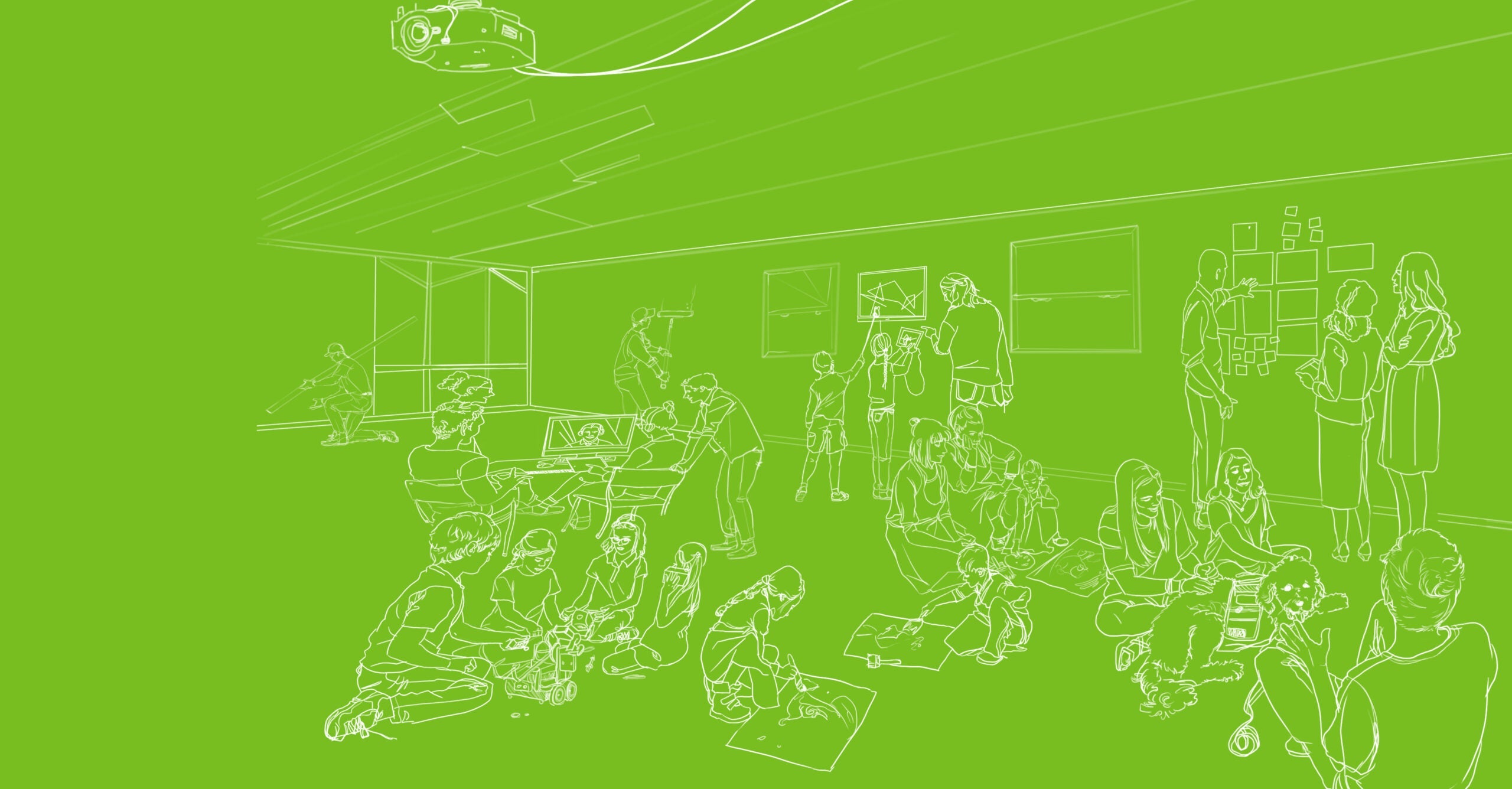
Personalized learning resources
Exploring a new topic can be exciting. We want to help make sure your exploration is productive, with targeted searches from reliable sources. This list, while not comprehensive, offers good resources for planning and implementing personalized learning.

Deeper learning resources
Exploring a new topic can be exciting. We want to help make sure your exploration is productive, with targeted searches from reliable sources. This list, while not comprehensive, offers good resources for planning and implementing deeper learning.

Levels of Student Autonomy
Levels of Student Autonomy is a simple system that supports student independence and personalized learning. The resource below explains how you might implement this system in your learning space.
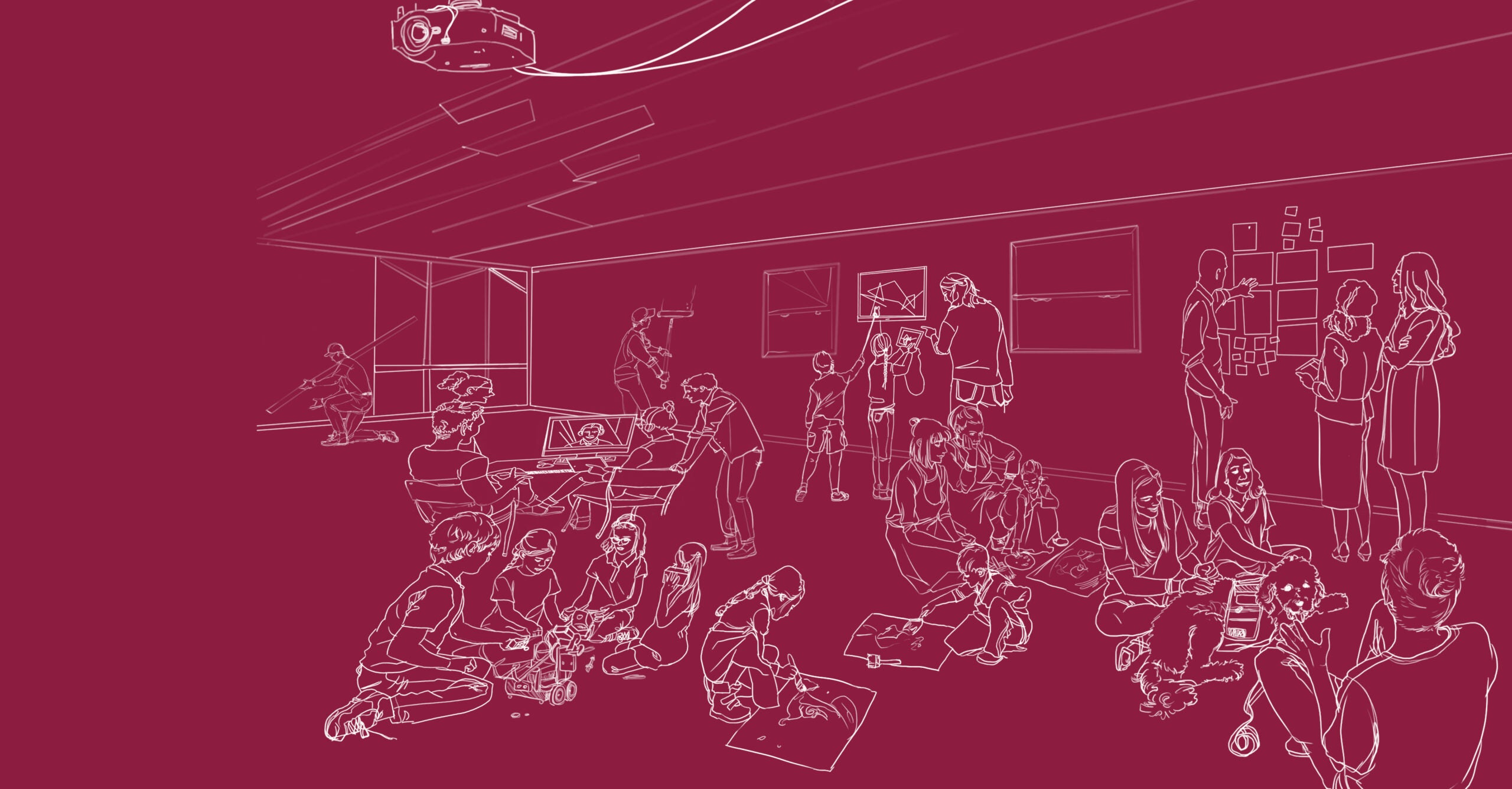
Team routines and procedures
As we begin to adopt Next Education Workforce models, we inevitably find that some of the routines and procedures that worked in a one-teacher, one-classroom setting need to be adjusted. In this resource, you’ll find a list of some of the routines and procedures our partners redesigned as they’ve worked to implement Next Education Workforce models.

Hiring for Next Education Workforce models
Copper Trails principal Stacy E. Ellis shares how her criteria for hiring new educators changed as a result of teams adopting a Next Education Workforce model.

Two recommendations for adopting a Next Education Workforce model
Justin Wing, Assistant Superintendent of Human Resources at Mesa Public Schools, shares two recommendations for those considering adopting Next Education Workforce models: changing your mindset and starting slowly.

New support roles for educator teams in online and hybrid settings
Who are the groups of adults that might be leveraged to support students? Explore the specific roles those adults might play in the learning space.

The budget and the Next Education Workforce
Justin Wing, Assistant Superintendent of Human Resources at Mesa Public Schools, shares two pieces of budgetary advice for districts considering moving to Next Education Workforce models.

Building a Network of Community Educators
Community educators are talented adults from the community who bring additional capacity, insight and expertise to learning environments. Read on to learn about community educator roles; knowledge, skills and dispositions; policies and practices; and more

